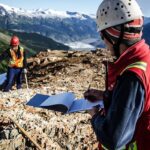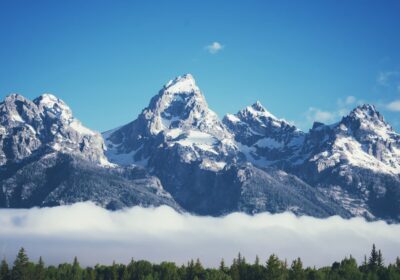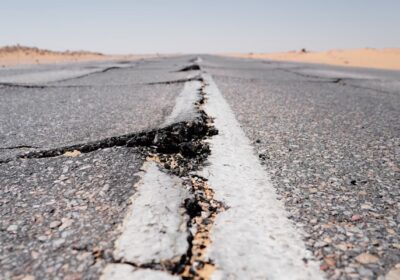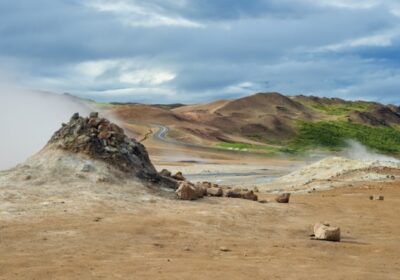
Sea Scales: Unveiling Oceanic Mysteries
The ebb and flow of sea levels create an intricate dance influenced by an array of factors. Beyond the familiar impact of glaciation on polar ice-caps, the dynamic nature of sea levels involves less intuitive forces, such as shifts in mid-ocean ridge spreading rates, alterations in the geoid’s shape, and localized tectonic activities.
Unraveling the Local Tapestry: Mantle Plumes and Sedimentary Cycles
A recent exploration in a Science paper by Petersen et al (2010) illuminates the role of mantle plumes in shaping the cyclical patterns found in sedimentary sequences. While operating on a relatively local scale of tens to hundreds of kilometers, the findings prompt reflections on the global correlatability of these sequences, challenging established beliefs among certain geologists.
Cataloging the Historical Maritime Controls
A retrospective look at the narrator’s endeavor to catalog sea level controls reveals a comprehensive table spanning from long-term global influences, like greenhouse–icehouse periods, to short-term local impacts, including fault movement. Rooted in Emery and Aubrey’s work from 1991, this historical publication lays the groundwork for the narrator’s in-depth exploration of the multifaceted dynamics governing sea level changes.
Visualizing the Sea Level Chessboard: A Scale-Space Cartoon
Inspired by recent reflections on the intricate dynamics of sea levels, the narrator conceives a unique artistic vision, transforming the scientific realm into a striking cartoon-style representation. This visionary piece, designed as a vibrant scale-space diagram, employs a clear and engaging format to communicate complex phenomena. The y-axis is carefully calibrated to denote amplitude, capturing the magnitude of sea level changes, while the x-axis meticulously represents the rate, charting the speed at which these changes occur.
This visual masterpiece boldly highlights the globally impactful forces driving sea level fluctuations, employing vivid colors to distinguish between the various domains that play a role in these processes – magmatic, climatic, isostatic, and ‘other.’ Each domain is color-coded for clarity, with magmatic forces in deep reds, climatic influences in cooling blues, isostatic adjustments in earthy greens, and other factors in bright yellows. The competition for dominance within the top right-hand corner of the diagram becomes a focal point, symbolizing the most rapid and high-amplitude sea level changes. This corner showcases the intense interactions and overlaps between domains, illustrating how multiple forces can converge to produce significant impacts on sea levels. The cartoon-style depiction not only makes the scientific content more accessible but also adds an element of intrigue and engagement, inviting viewers to delve deeper into the underlying causes and implications of sea level changes. This approach not only educates but also stimulates curiosity and discussion, bridging the gap between scientific understanding and public awareness.
Conclusion: Navigating the Future Tides
The mesmerizing competition among processes striving for dominance in the realm of rapid sea level changes holds more than scientific intrigue. This intersection not only captivates sequence stratigraphers but also carries profound implications for society wrestling with the consequences of our collective energy addiction. As we navigate the complex seas of sea level dynamics, this exploration serves as a beacon, guiding us toward a deeper understanding of the ever-changing forces shaping our maritime world.

















